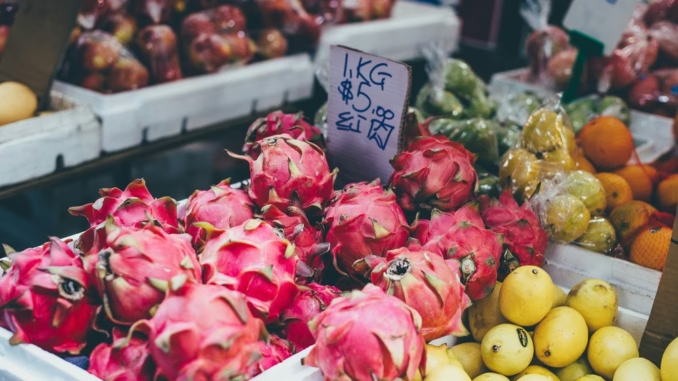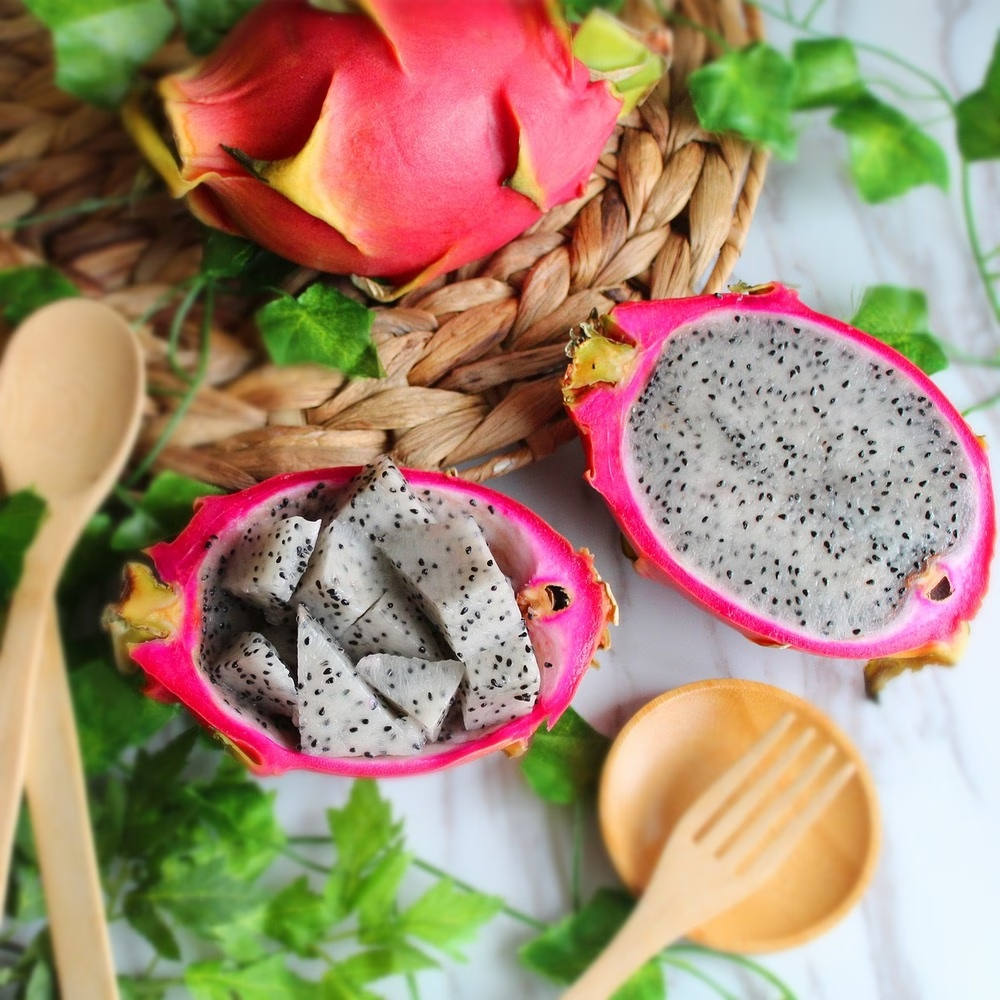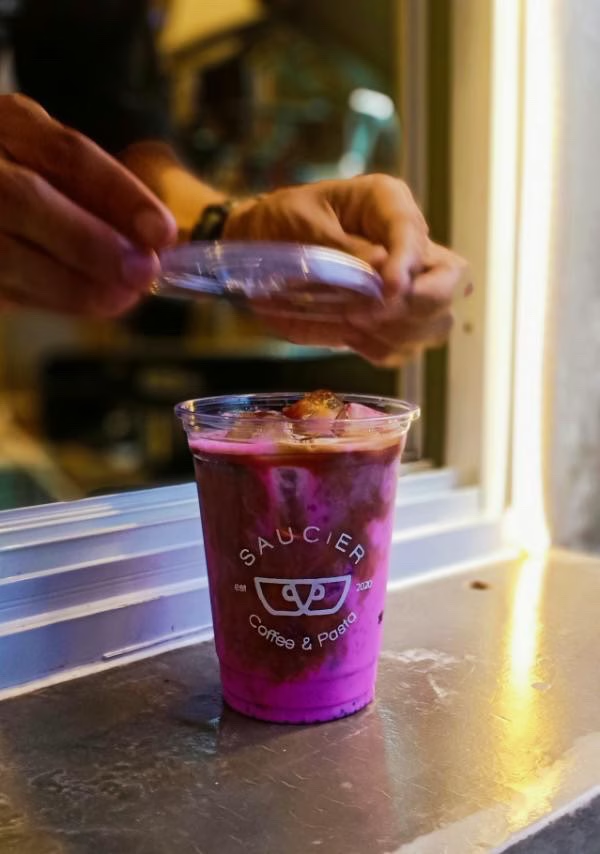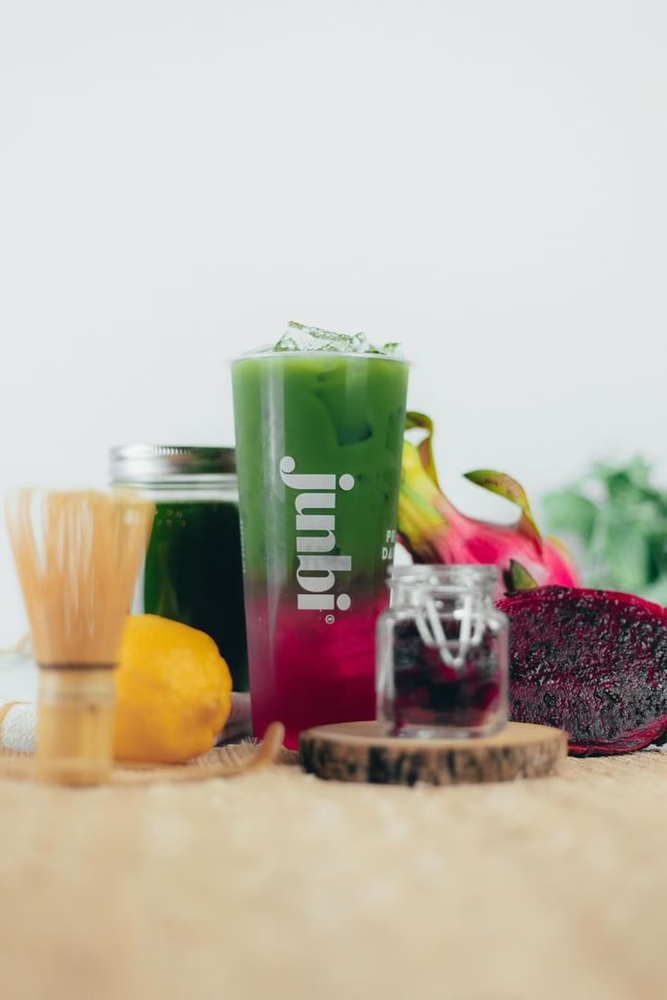
Dragon fruit is discovering a spot in specialty-coffee retailers all over the world. At present, we hint the ingredient’s roots in Latin America and Southeast Asia.
BY EMILY JOY MENESES
ONLINE EDITOR
Featured picture by Annie Spratt
Certainly one of my favourite issues about visiting my family members in Southeast Asia final 12 months was exploring the fruit stands: wood carts stacked excessive with colourful delicacy upon delicacy, lots of them troublesome (or not less than costly) to get right here in america. Rising up, my dad and mom, who had immigrated from the Philippines to america, would inform tales of those fruits of their childhood—ardour fruit, soursop, durian, and the notorious dragon fruit—which we might solely get our fingers on as soon as in a blue moon in Los Angeles.
Quick ahead to at this time, and dragon fruit is turning into considerably of a family title amongst espresso and beverage lovers, even discovering a spot in Torani’s syrup lineup and on café menus all over the world. In at this time’s installment of “Know Your Substances,” we’ll discover the fruit’s origins, historic use, and cultural significance, in addition to how quite a lot of coffeehouses are showcasing its vibrant colour and shiny taste.
Taste Profile + Early Cultivation

Dragon fruit grows on climbing cactus bushes, which might thrive in each dry and humid environments and require little water and ample solar. The flavour of dragon fruit is considerably of a cross between pear and kiwi with a touch of citrus: refreshing, mildly candy, and barely tart and tangy. The fruit has a comfortable texture much like that of a ripe kiwi, and could be scooped out with a spoon. What stands out essentially the most about this fruit is its shiny pink, spiky exterior that resembles a dragon, therefore the title.
At present, dragon fruit is prevalent in Southeast Asia (Vietnam is at present the world’s high exporter), however the earliest dragon fruit cultivation and consumption could be traced to modern-day Mexico and Central and South America. Among the earliest mentions of dragon fruit have been discovered amongst Aztec ruins, and plenty of historians imagine cultivation started even lengthy earlier than then. The traditional Aztecs and Mayans noticed the fruit as sacred, usually providing it to the gods in religious ceremonies. Ultimately, the fruit was launched to Vietnam by French colonizers and have become an integral a part of Southeast Asian tradition.
One other fascinating function about dragon fruit is that its blossoms bloom just one night per 12 months. As soon as they’ve bloomed, fruit will start to type, and, on common, the climbing cactus bushes can produce fruit for round 20 to 30 years.
Dragon Fruit at Specialty Cafés
Dragon fruit stands out on any café menu. Listed below are a couple of of our favourite drinks together with the ingredient!
Dragon Fruit Latte: Saucier Espresso Store

Positioned within the Fairview neighborhood of Quezon Metropolis, Philippines, Saucier Espresso Store affords dragon fruit lattes seasonally. The store shares created the drink to increase clients’ palates and present the wide range of flavors that may go properly with espresso.
Yuzu Dragon Fruit Matcha: Junbi


“Our yuzu dragon fruit matcha is one among our hottest and refreshing drinks,” the workforce at Junbi’s Waikiki, Hawaii, location says. “The yuzu dragon fruit is solely an extension of what makes Junbi so particular. Our matcha comes from a 100+ 12 months outdated farm, (and it’s) hand-picked, shade-grown, stone-ground, and cultivated with care. We stand by our matcha, and we hope everybody enjoys it as a lot as we do.”
Dragon Fruit on a International Stage
Jackie Nguyen of Kansas Metropolis, Mo.’s Cafe Cà Phê (who’s on the quilt of Barista’s present problem) shares her expertise collaborating with Torani to create their not too long ago launched dragon fruit syrup: an ode to her Vietnamese American upbringing. Via the collaboration, she hopes to highlight Southeast Asian flavors on a world stage.
“We have been so honored when Torani agreed to creating a dragon fruit syrup with our workers. It was a extremely cool course of,” Jackie says. “My store solely serves flavors from Southeast Asia, and since we see completely different corporations that carry quite a lot of loopy flavors like bitter sweet or bergamot, however not one thing simplistic to Asian tradition, comparable to dragon fruit, we introduced up issues concerning the range of flavors which are (sometimes) provided. It was actually cool that Torani developed this taste and trusted us within the course of.”
Recipe: Dragon Fruit + Calamansi Tonic
For these desirous to check out dragon fruit for themselves, I created this dragon fruit and calamansi tonic recipe, impressed by the flavors of my Filipino tradition and utilizing Torani’s dragon fruit syrup. Yow will discover calamansi or calamansi juice at most Filipino or Asian markets, but when the ingredient isn’t available in your space, you may simply swap it out for lime juice!
Substances
1 oz. Torani Dragon Fruit Syrup
1 oz. calamansi juice (elective: swap for lime juice)
6 oz. glowing water
Fill a glass with ice and glowing water. High with dragon fruit syrup and calamansi juice, pouring slowly on high of the ice in your glass to create a gradient impact. Optionally, you may add whisked matcha to create a matcha tonic. Combine earlier than ingesting and luxuriate in.
Subscribe and Extra!
As at all times, you may learn Barista Journal in paper or digital format. Learn the December 2024 + January 2025 problem without spending a dime with our digital version.
And for greater than three years’ price of points, go to our digital version archives right here.




